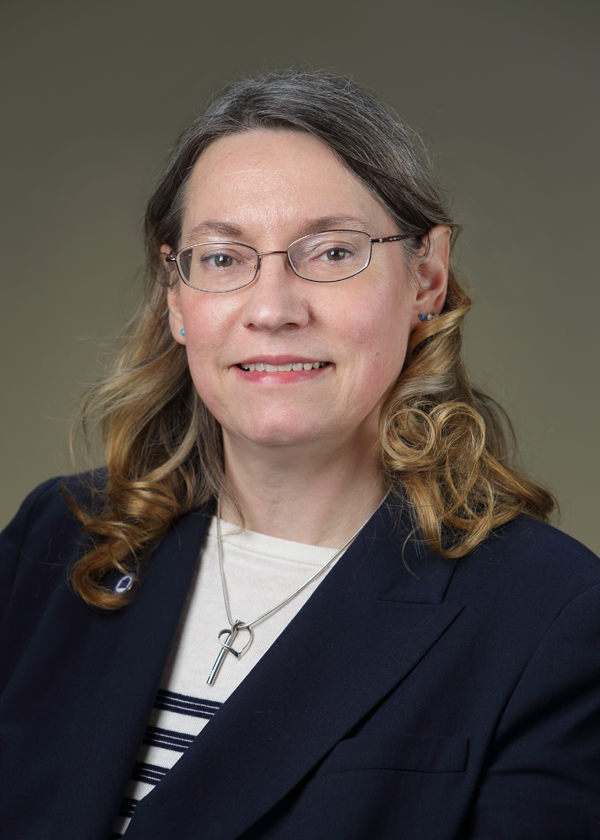It’s with profoundly mixed emotions that I tell you that Susan Gregurick has been named the NIH associate director for data science and director of the Office of Data Science Strategy. This new position will allow her to play a key role in shaping data science activities across NIH.
Susan has provided extraordinary leadership to our Division of Biophysics, Biomedical Technology, and Computational Biosciences (BBCB) for the past 6 years and has been an essential member of the Institute’s senior staff. I’m confident that she’ll bring the same level of enthusiasm, professionalism, judgment, and keen intellect to her new office as she did here at NIGMS. The appointment becomes official on September 15, although Susan will remain here at NIGMS through the end of the month. Deputy Director Judith Greenberg will serve as acting director of BBCB while we search for a permanent replacement.
For more on this appointment, see the statement from NIH Director Francis Collins. Please join me in wishing Susan the best in the next phase of her career. NIGMS’ loss is certainly NIH’s gain!
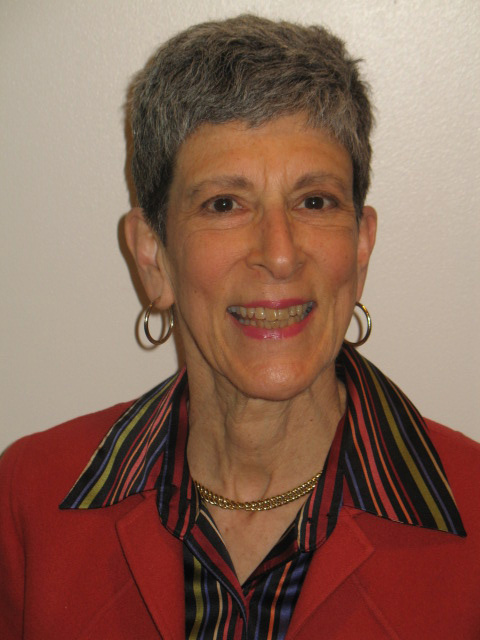
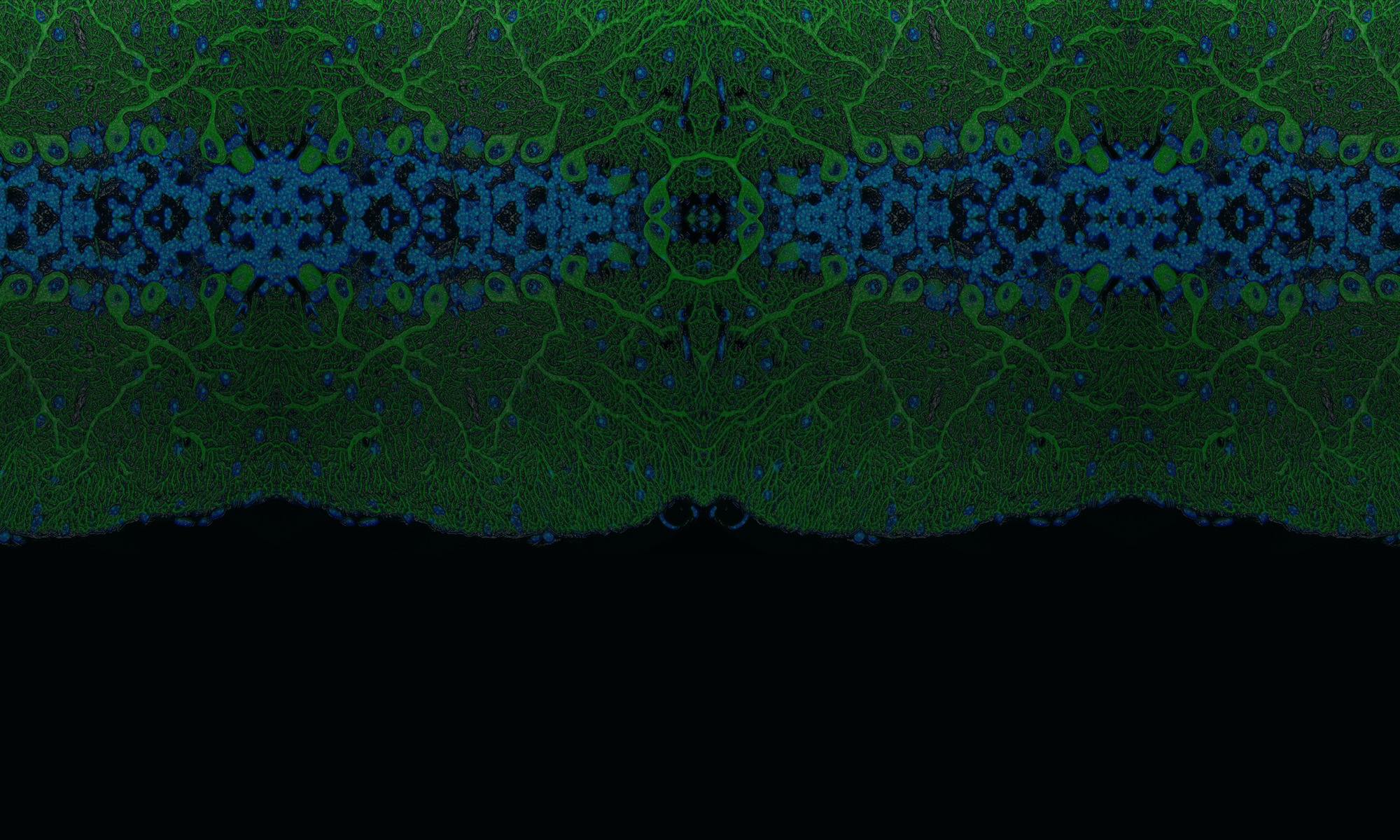

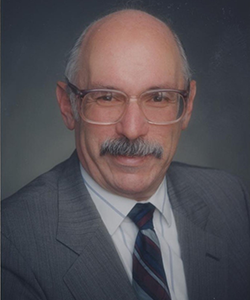 Credit: NIGMS.
Credit: NIGMS.
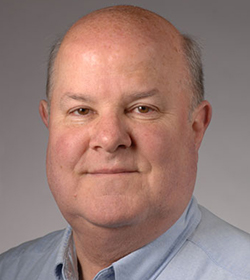 Credit: NIGMS.
Credit: NIGMS.

